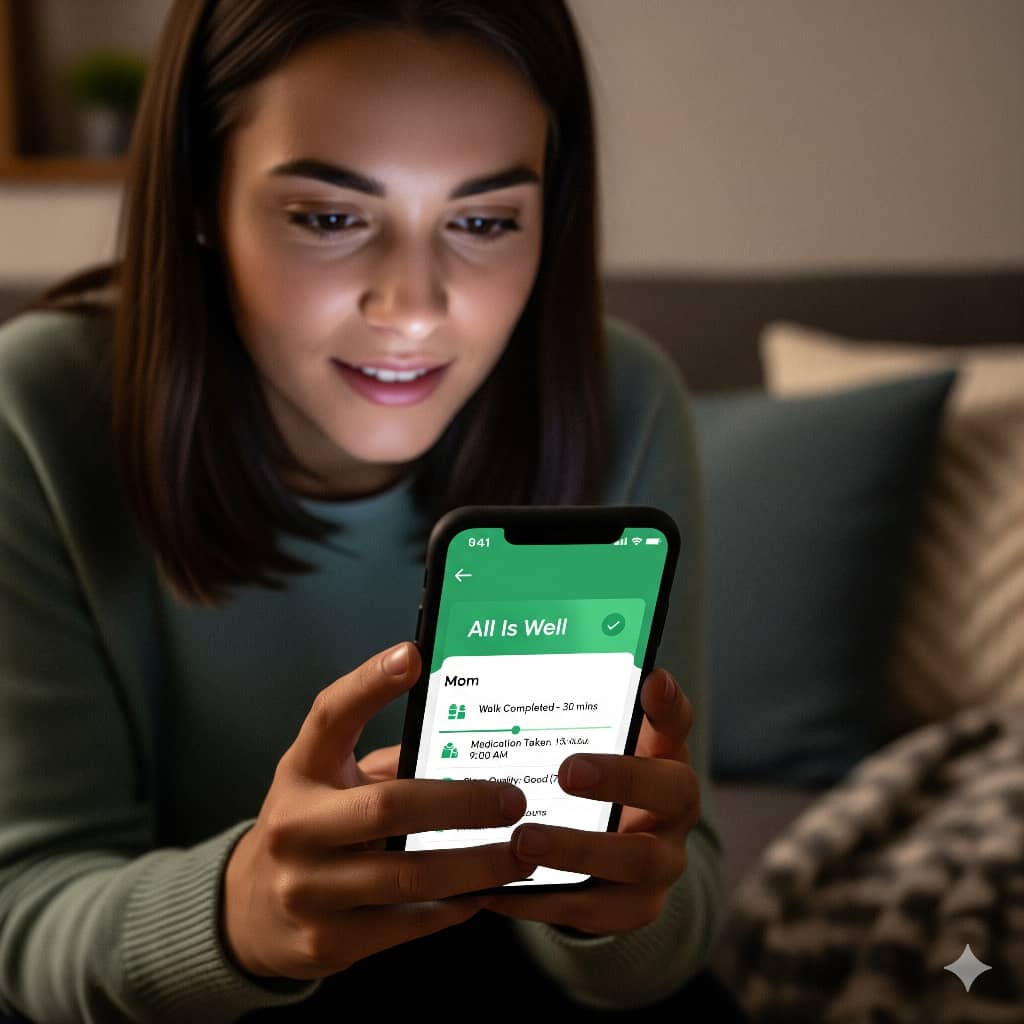Emergency response systems offer more than just emergency protection; they provide peace of mind, independence, and a vital connection for seniors aging in place. Discover how these devices transform home safety. There is a particular sound that every family fears, the sound of a phone ringing in the middle of the night. For my neighbor Sarah, that call came at 2:17 AM. Her 81-year-old mother, Evelyn, had fallen in her bathroom and lain on the cold tile for over an hour before managing to crawl to her telephone. That terrifying experience ended without physical tragedy, but it shattered Evelyn’s confidence and her family’s peace of mind. The following week, we helped install an emergency response system, and I watched something remarkable happen: not only did Evelyn regain her sense of security, but her entire demeanor changed. She moved through her home with renewed assurance, knowing that help was literally at her fingertips. That transformation revealed to me that these devices offer something far more valuable than emergency response, they restore the freedom to live without fear.
Emergency response systems create a safety net that enables independence rather than restricting it. For seniors determined to age in place, these devices bridge the gap between self-sufficiency and security. Modern systems have evolved far beyond the “I’ve fallen and I can’t get up” commercials of the past. Today’s options include wearable pendants, wristbands, wall-mounted buttons, and even fall detection technology that automatically alerts for help even if the wearer is unconscious. The most advanced systems now incorporate motion sensors that can detect unusual patterns, like someone not getting out of bed at their regular time or staying in the bathroom too long. This technology doesn’t just respond to crises; it can prevent them by identifying potential problems before they become emergencies.
The psychological impact of these systems is perhaps their most underrated benefit. The constant low-grade anxiety that many seniors feel about potential accidents creates a subtle but significant barrier to thoroughly enjoying their homes. Knowing that help is immediately available reduces this background fear, allowing people to engage more freely in daily activities. I watched Evelyn return to gardening, a previously abandoned activity, after she had been afraid of falling, where no one would see her because she wore a waterproof pendant that worked anywhere in her yard. This emotional security is particularly valuable for seniors living alone, who might otherwise limit their activities to what they consider “safe” spaces, such as those near telephones or neighbors.
The technology also provides unexpected benefits for family caregivers. Modern systems often include smartphone apps that enable family members to track activity patterns and receive real-time status updates. This creates what one client called “connected independence”, the ability to respect a parent’s autonomy while maintaining awareness of their well-being. The systems eliminate the need for constant check-in calls that can feel intrusive while providing reassurance that everything is fine. For long-distance caregivers, this connectivity is invaluable, transforming worry into informed awareness.
The financial argument for these systems is stronger than many realize. The average cost of a medical alert system ranges from $25 to $45 per month, roughly equivalent to the price of a daily coffee shop visit. Compare this to the alternative costs: a single ambulance ride can exceed $1,200, and a preventable hip fracture can lead to rehabilitation costs reaching tens of thousands of dollars. More significantly, these systems can delay or prevent moves to assisted living facilities, which typically cost $4,000-$6,000 per month. For seniors determined to remain in their homes, the investment represents both financial wisdom and personal preference.

The social isolation that often accompanies aging creates another compelling reason for these systems. Many modern emergency response companies now offer regular check-in calls and companionship services in addition to their emergency monitoring. Some systems include medication reminders, wellness calls, and even access to health professionals for non-emergency questions. This regular human contact provides both practical support and valuable social connection for seniors who might otherwise spend days without meaningful interaction.
The evolution of these systems has made them increasingly user-friendly for technologically hesitant seniors. The best companies understand that complicated technology defeats the purpose, so they’ve developed systems with large buttons, clear voice communication, and simple operation. Many now offer equipment that doesn’t require internet connectivity or even electrical power, critical during outages when seniors are most vulnerable. The removal of technological barriers means that even those uncomfortable with smartphones or computers can benefit from these protection systems.
Perhaps the most significant benefit emerges during those critical moments after an accident occurs. The average person who falls and cannot get up waits over an hour before someone finds them. During that time, injuries can worsen, hypothermia can set in, and fear can escalate into panic. Emergency response systems reduce this response time to minutes, often making the difference between a minor incident and a life-changing injury. The monitoring professionals are trained to calm frightened users, assess situations, and dispatch appropriate help—whether that’s family members, neighbors, or emergency services.
The actual value of these systems extends beyond the individual wearer to everyone who cares about them. Adult children sleep better knowing their parents are protected. Neighbors feel relieved of the constant worry about checking on elderly residents. Even healthcare providers appreciate having this safety layer in place for patients living alone. The peace of mind radiates through entire support networks, reducing the emotional burden on everyone involved.
Emergency response systems represent one of those rare solutions that actually deliver what they promise: security, independence, and peace of mind. They transform the experience of aging in place from a calculated risk to a confident choice. For Evelyn, that small pendant became not a symbol of limitation, but a key that unlocked her continued freedom—and gave her family the precious gift of knowing she could call for help even when she couldn’t reach the phone.
References
Downers Grove Healthcare. (2025, January 13). The importance of emergency response systems in senior care facilities. https://www.downersgrovehc.com/blog/the-importance-of-emergency-response-systems-in-senior-care-facilities?635fdd93_page=11
LifeStation. (2025, September 7). Benefits of Medical Alert Systems for Safety and Independence. https://www.lifestation.com/benefits-of-medical-alert-systems/
The Highpoint Residence. (2025, March 2). The Importance of Emergency Response Systems in Supportive Living. https://www.thehighpointresidence.com/blog/the-importance-of-emergency-response-systems-in-supportive-living
CarePatrol. (2024, July 31). The Benefits of Medical Alert Systems for Seniors. https://carepatrol.com/grand-rapids-west-kalamazoo/the-benefits-of-medical-alert-systems-for-seniors/
Noble Horizons. (2021, October 19). Personal Emergency Response Systems and Their Benefits for Seniors. https://noblehorizons.org/personal-emergency-response-systems-and-the-benefits-for-seniors/

